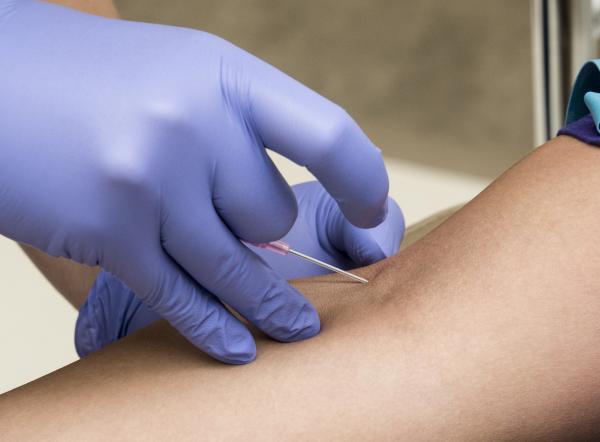We don’t have to look very far these days to find wellness facilities touting this or that intravenous (IV) infusion for “detoxification” and “revitalization.” Albeit vitamin concoctions to anti-aging “young blood” transfusions, people seem to be willing to try and sell anything no matter the cost or potential for harm. And without full disclosure of components.
To a physician, the notion of placing an invasive intravenous line, in environments that may lack rigorous sterile conditions and create a source for infection, in an otherwise healthy person to administer an unproven, untested “remedy” in a spa suite routinely untethered to a tertiary care center lacking in stocking proper resuscitative measures is baffling. Especially when “otherwise healthy” is routinely assumed, not affirmed.
In a hospital or medical setting, IV therapy is initiated for that purpose - to provide therapy, mitigation of suffering or cure. Restoration of homeostasis for electrolyte disturbances and dehydration are implemented with safeguards: controlled rates of infusion so as not to fluid overload, repetitive laboratory testing to monitor for excesses or depletions and secondary compensatory chain reactions. What is given has a medical purpose to a person with a medical problem. Adverse events are mostly known and guarded against with actionable preventions.
Consider iron. The best way for the body to absorb iron is through dietary means, eating foods rich in it. When this is bypassed via the intravenous route, more needs to be given as it is less bioavailable and with repetitive treatments there can be concern over deposits in various organ systems. Checks and balances are essential to providing therapeutic benefit that outweigh risks. Giving an iron infusion to a person with no evidence of an iron deficit could do more harm than good.
A Missouri man recently got sick during an elective “vitamin” infusion at a spa in Kansas City and died several days later. The controversial treatment was given and
“About 10 minutes after the IV started the man felt like his skin was crawling. He started throwing up. The IV was stopped and he went home, where the vomiting continued and he spiked a fever of 103 degrees. The next morning he was admitted to the University of Kansas Hospital with symptoms of organ failure….Three days later he died.”
The medical report was limited because the materials administered to him were discarded and not tested - this would not happen in a hospital.
“His autopsy report, compiled by the Jackson County medical examiner’s office, says he died because of underlying medical conditions. But the report said those conditions raise questions about whether he should have been given the IV infusion in the first place. “It is important to assess the overall health of individuals seeking intravenous vitamin infusion therapy, including laboratory studies to assess kidney and liver function prior to the initiation of therapy,” the report says.”
Knowing the underlying status of a person is crucial to doing no harm when starting an IV, let alone providing substances through it. Knowing what medications a person is taking, their allergies and having the means on hand to reverse untoward reactions are all vital to providing safe and effective care. Delivering elective IV services at home or in a spa, in particular for vitamins that people can optimally acquire through foods, carries unnecessary risks.
In healthcare, less is often more since every action is often met with an equal and opposite reaction. Adding risk factors which is what needle insertion via elective IV placement alone achieves is not advisable. Tacking onto that unknown ingredients propelled directly into the bloodstream and a perfect storm of risks outweighing benefits is manifested. As the fees blossom, so should one’s skepticism.




